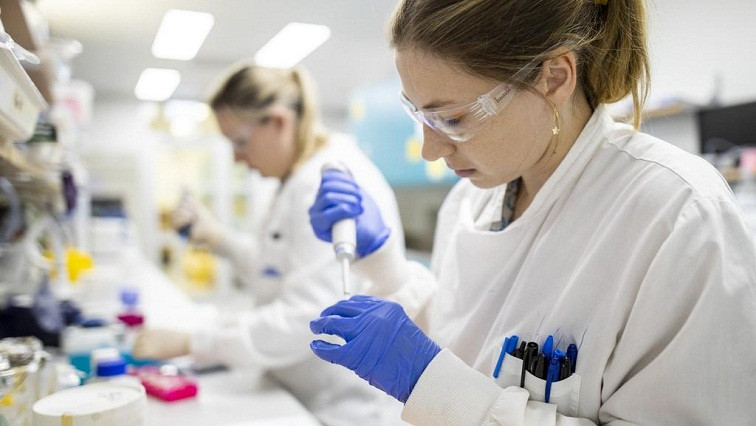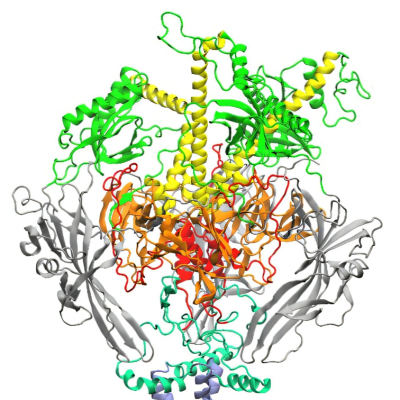The University of Queensland’s potential COVID-19 vaccine is entering an important new phase of testing with the live coronavirus to determine how effectively it induces protection against coronavirus infection. The UQ team will partner with the Dutch company, Viroclinics Xplore, on the crucial pre-clinical studies.
Vaccine program co-leader, Dr Keith Chappell, said the ability to build on an existing partnership with a world-class facility like Viroclinics Xplore was a huge advantage for the UQ project.
“These protection studies must be done in specialist biosecurity facilities as they use the live virus, and our long-standing partnership with Viroclinics Xplore gives us the confidence that this can be acheieved as quickly as possible,” Dr Chappell said.
“This work will establish a critical package of data that will take us through to human clinical trials in Q3 2020.”
In January, the Coalition for Epidemic Preparedness Innovations (CEPI) requested UQ use its rapid response vaccine technology to develop a vaccine, and the candidate being tested was produced within the first three weeks.
Viroclinics spokesperson Dr Koert Stittelaar said the pandemic has made clear the urgent need for research organisations to work together.
“As a service organisation, we have committed to realigning our resources, equipment and materials to initiatives to test promising vaccines, anti-virals and immune modulators in the battle against COVID-19 and we have developed a number of preclinical models of COVID-19 infection.
Professor Paul Young, Head of the School of Chemistry & Molecular Biosciences said given the overwhelming global need, it was encouraging that Viroclinics Xplore was able to move so quickly in support of the project.
“However, getting these critical samples to Europe presented another challenge with global supply chains becoming increasingly complex,” Professor Young said.
“We were very grateful that MNX Global Logistics were able to overcome significant hurdles in providing suitable transport options.”
UQ’s Professor Trent Munro said beginning a large multi-arm study at Viroclinics Xplore was critical as the team moves toward initial human safety testing since this would establish a more complete understanding of how the vaccine performs.
The vaccine has been developed using UQ’s molecular clamp technology that locks the ‘spike’ protein into a shape which allows the immune system to be able to recognize and then neutralize the virus.
UQ has also announced a partnership with Cytiva, formerly known as GE Healthcare Life Sciences, which will develop the material for clinical trials and is also preparing scale up equipment for future mass production.
Others commercial partners include Lonza and Thermo Fisher Scientific and the team has also been given access to key adjuvant technology from CSL/Seqirus, Dynavax and GSK.
About Molecular Clamp Technology
A molecular clamp is a polypeptide used to maintain the shape of proteins in experimental vaccines. The molecular clamp approach has been used to produce chimeric polypeptides that mimic the pre-fusion conformations of the target virus and thus lends itself as a platform for producing mimetics of viral envelope fusion proteins in a pre-fusion conformation. The chimeric polypeptides so produced can self-assemble to form an artificial enveloped virus fusion protein complex that comprises an oligomer of the chimeric polypeptide and that mimics the pre-fusion conformation of a native enveloped virus fusion protein complex. The self-assembly permits the facile production of the artificial complexes inter alia in recombinant expression systems.
Read the original article on The University of Queensland.







